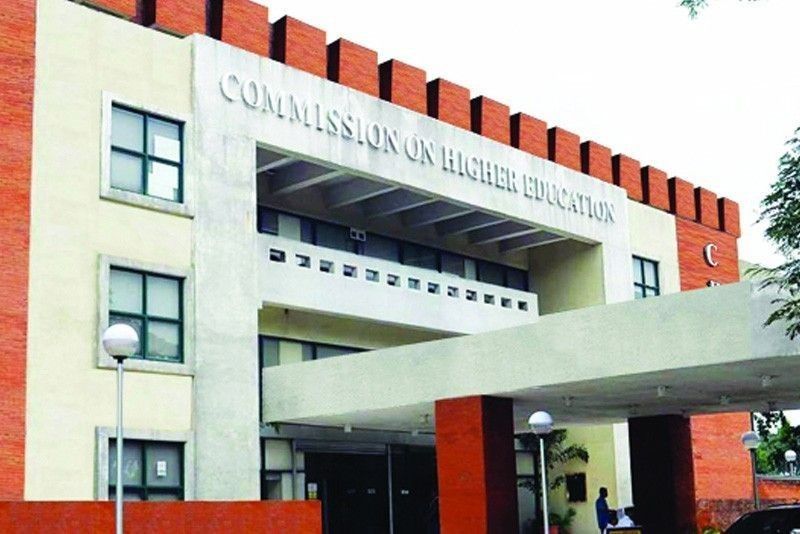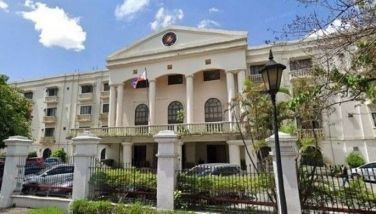Fewer low-income college students receiving education subsidies since 2018

MANILA, Philippines — Despite a law requiring low-income students to be prioritized in education subsidies, the number of government scholars drawn from the “poorest of the poor” have been dwindling since 2018, a senator pointed out on Monday.
During the Senate finance committee's budget deliberations for the Commission on Higher Education, Sen. Sherwin Gatchalian said that the share of the poorest scholars under the government’s Tertiary Education Subsidy (TES) program has continuously declined since 2018.
Created by Republic Act 110931 or the Universal Access to Quality Tertiary Education Act, TES scholarships are meant to help send more students from low-income households to college by providing financial assistance worth up to P40,000 per academic year.
The TES scholarship subsidizes not just the schooling expenses of students going to tuition-free universities, but it also defrays the cost of tuition in private universities to benefit students in areas where there are no state-run schools.
RELATED: How budget cuts could worsen the battle for spots in tuition-free universities
But since 2018, the percent or proportion of student beneficiaries in the TES program who are part of Listahan 2.0 of the Department of Social Welfare and Development (DSWD) have been decreasing, Gatchalian said, citing data presented by CHED.
TES grantees who are part of Listahan 2.0 are those that the DSWD identified as students who are most in-need. They are also ranked according to their estimated per capita household income.
At least 70% of Listahan 2.0 students benefited from the TES program in 2018, representing nearly 197,000 students. This has dropped to 30.52% in 2022, which amounts to around 69,000 students, based on data provided by the Second Congressional Commission on Education (EDCOM 2).
“The law is very clear on prioritization. We should prioritize Listahanan and 4Ps because they’re the poorest of the poor. But over the years, the share of the poorest of the poor vis-a-vis students from places with no State and Local Universities and Colleges (SUCs and LUCs) has gone down,” said Gatchalian.
The number of students from Pantawid Pamilyang Pilipino (4Ps) beneficiary households who are also granted the TES have also decreased by more than tenfold since 2018 — going from more than 7,400 in 2018 to just 495 in 2022, based on EDCOM 2 data.
4Ps is a conditional cash transfer program that targets households that are equal to or below the provincial poverty threshold.
Gatchalian and Sen. Pia Cayetano also expressed qualms about the UniFAST board’s plans to divide the subsidies equally among students from low-income households and students in places where there are No SUCs/No LUCs, which is also abbreviated officially by the government as PNSL.
“What you’re saying now is that your funds are limited, so you divide it now – Listahan (students), and then PNSL,” Cayetano said in Filipino.
Gatchalian said that “marginalized students should be prioritized” instead of dividing the funds equally, which is “not the intention of the law.”
The TES program was created as a form of higher education voucher system that aims to target indigent students and help them earn a college diploma.
Funds for the program have run dry, however, leading CHED to admit in May this year that it does not have the budget to subsidize new entrants or first-year and second-year college students who wanted to apply for the program.
- Latest
- Trending





























